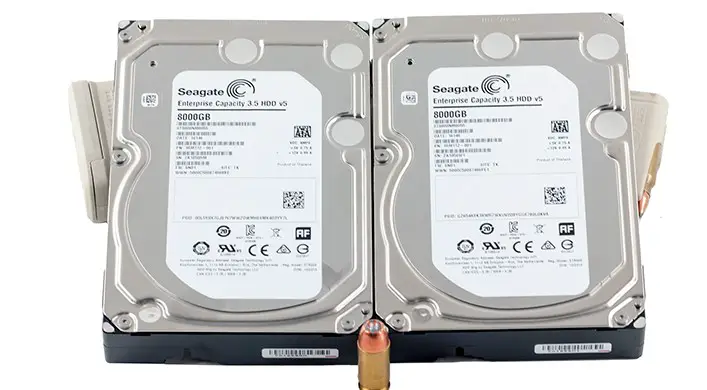While it is important to know how a drive will perform under optimal conditions, more realistic scenarios are just as important. Knowing how drive will behave when partially or even nearly full than when it is empty is very important information to know. To quickly and accurately show this crucial information we have first filled the drive to 50% capacity and re-tested using both synthetic and real world tests. After the completion of this we then re-test at 75% and 90% of full capacity.
Synthetic Test Results
For our synthetic testing we have opted for our standard VMWare test.

Real World Results
For a real world application we have opted for our standard Adobe CS6 test.
As you can see this new series is incredibly consistent in its performance. Equally impressive is its performance curve is not only extremely predictable it is downright amazing at how small the drop off is. Even when filled to capacity, a task that does take quite some time to say the least, this drive is still rather peppy – almost as if it has an unfair advantage.
This is because it does. Thanks to its combination of incredible aerial density, six platters to concurrently read and write to, and that amazing onboard cache the new V5 raises the bar for what consumers can expect to get from a ‘mere’ hard drive.












